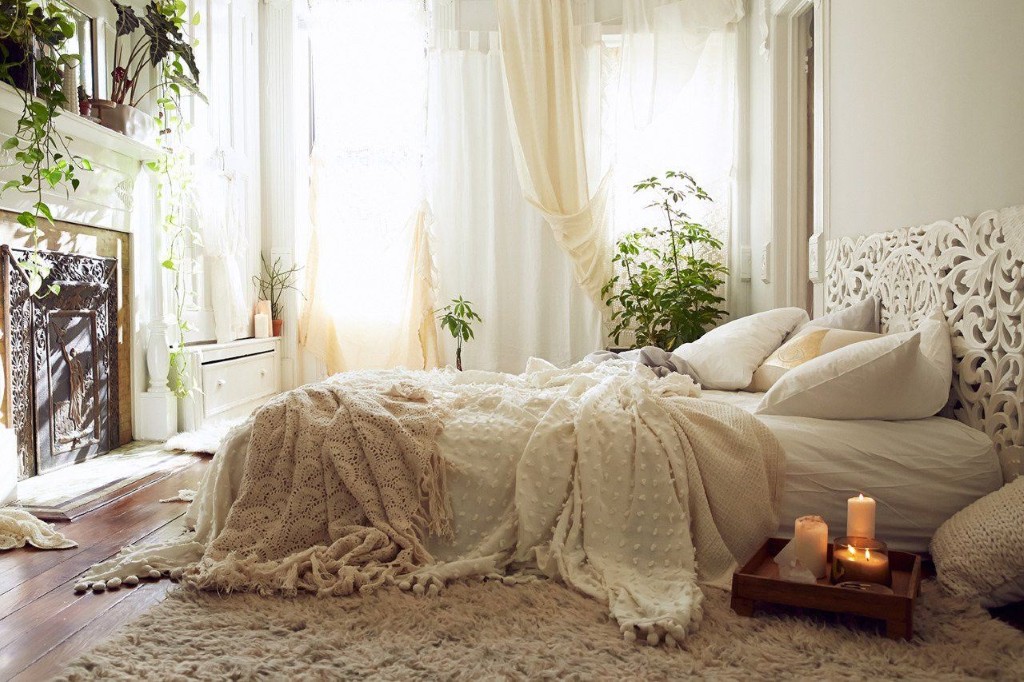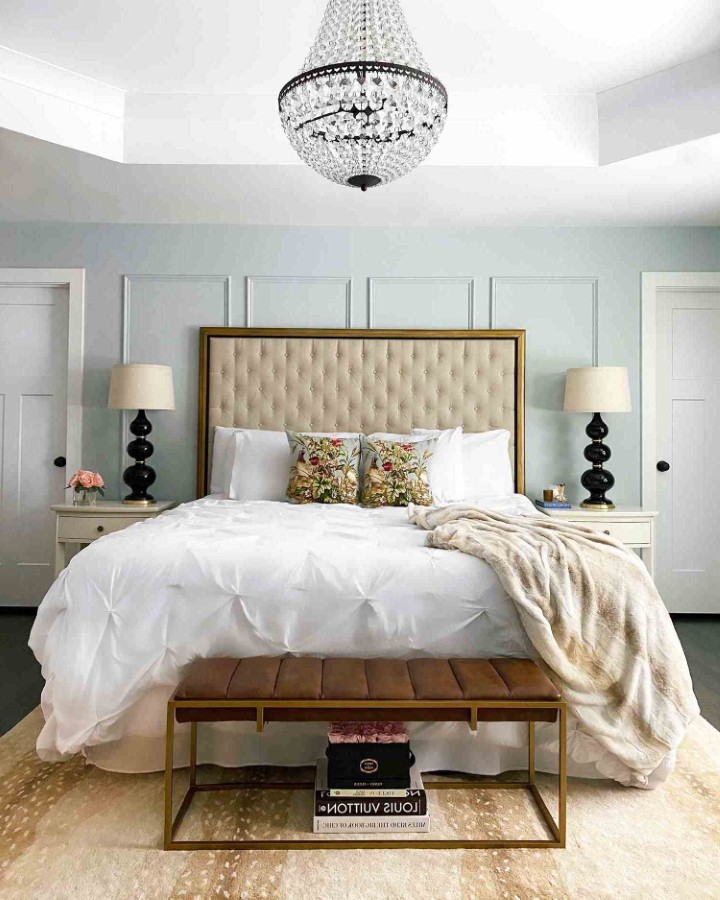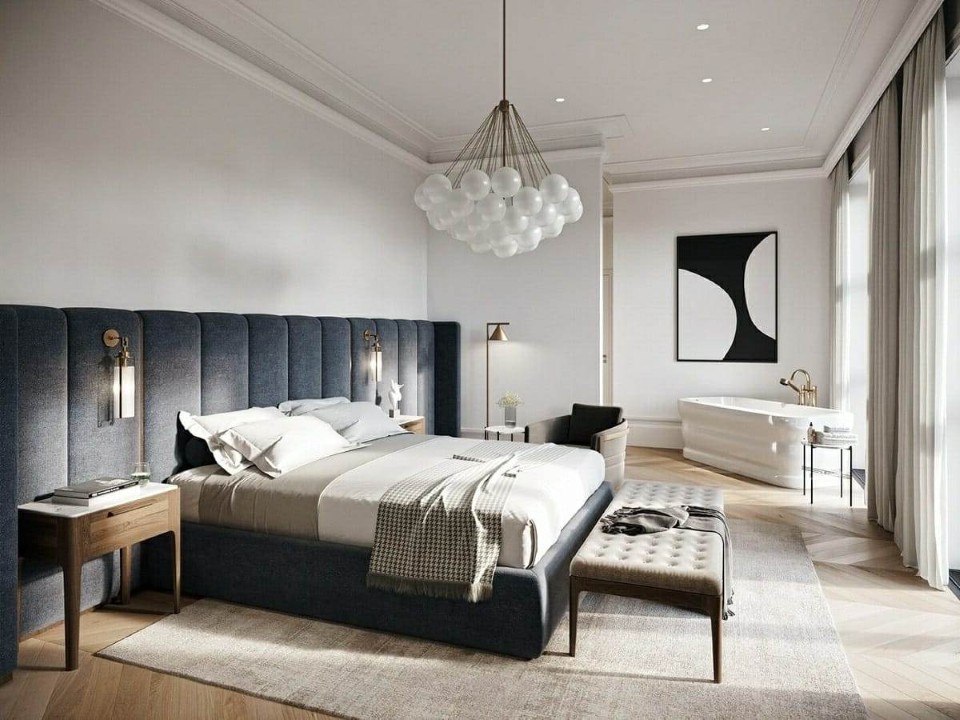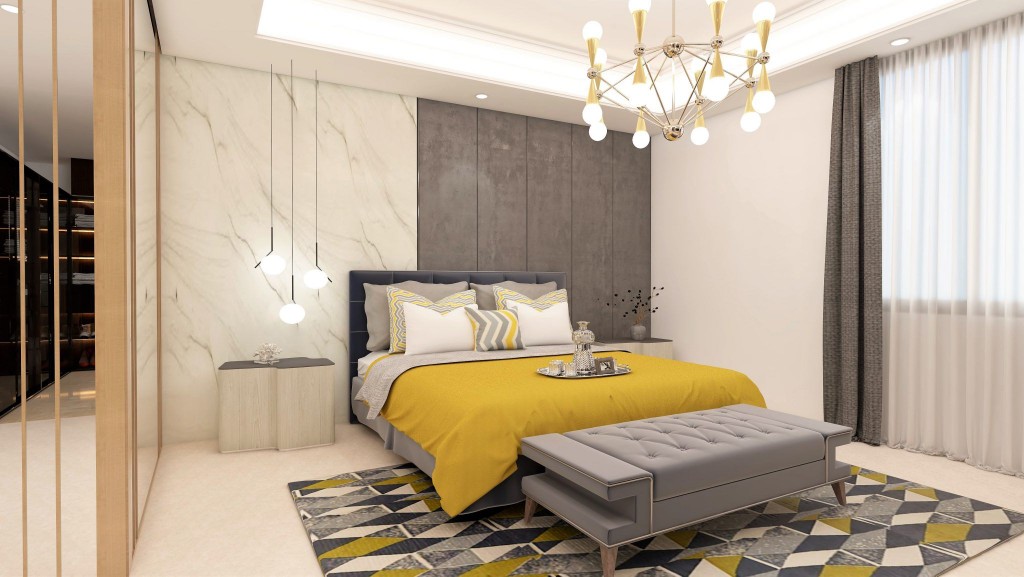What if I told you that the right combination of colors and lighting could transform your bedroom from just another room into a sanctuary of intimacy? It’s true. The way we light our spaces and what colors we choose can profoundly impact how we feel, how we connect with others, and even how we sleep. Whether you’re planning a new bedroom or revamping your current one, understanding the psychology behind color choices and lighting decisions can make all the difference.
When we think about romance, we often picture candlelit dinners, soft music, and perhaps a beautiful view. But what about the space itself? The bedroom is more than just where we sleep – it’s where we truly connect with our partners, where memories are made, and where intimacy flourishes. That’s why getting the colors and lighting right matters so much. It’s not just about aesthetics. It’s about creating an environment that feels safe, inviting, and deeply personal. We’re talking about how certain hues can make us feel calm or energized, and how different types of lighting can either create mystery or warmth. These elements work together like a symphony, each note contributing to the overall feeling of the room.
Understanding Color Psychology for Intimacy
Colors have a powerful effect on our emotions and behaviors. In the context of an intimate bedroom, choosing the right palette isn’t just about looking pretty – it’s about creating feelings of comfort, attraction, and relaxation. Warm tones like deep reds, soft oranges, and rich burgundies tend to stimulate passion and energy. They can make a space feel cozy and inviting, encouraging closeness between partners. Think of how a sunset looks – those warm colors naturally draw us in and make us feel safe. Cool colors such as blues and purples can create a sense of calm and serenity. These hues are perfect for promoting restful sleep and peaceful conversations. But they might not always spark that romantic fire. The key is finding the right balance. You might want to use a cool base with warm accents, or vice versa. For example, a deep blue bedding paired with golden throw pillows can create a sophisticated yet inviting atmosphere. Neutral colors like beige, cream, and soft gray provide a calming backdrop that allows other elements to shine. They’re versatile and easy to work with, making them excellent choices for couples who want to experiment with different accent colors or lighting styles over time. Remember, the goal is to create a space that feels both relaxing and exciting.
The Power of Natural Light and Its Role
Natural light is one of the most important factors when designing an intimate space. It affects our circadian rhythms, mood, and even our perception of beauty. During the day, let in as much natural light as possible. This helps regulate your sleep cycle and makes the room feel open and airy. However, when evening comes and you want to create that special atmosphere, you’ll want to dim or block out the harsh sunlight. This is where window treatments become crucial. Heavy curtains or blackout blinds can help control the amount of light entering the room. They also add texture and depth to the space. Consider using sheer fabrics during the day for gentle filtered light, then switching to thicker materials for privacy and darkness. Natural light also changes throughout the year and across seasons. In winter, when daylight is limited, you’ll rely more heavily on artificial lighting to create ambiance. This is where layered lighting becomes essential. You can’t simply depend on one source of light. You need multiple options that can be adjusted based on your mood and needs. For instance, a large window might let in plenty of daylight, but you’ll still want table lamps or wall sconces for evening use. Understanding how natural light behaves in your specific space will guide your lighting choices and color selections. A south-facing room gets lots of direct sun, while a north-facing one receives softer, more diffused light. Knowing this can help you plan your color scheme and lighting strategy accordingly.
Layered Lighting for Mood and Functionality
One of the biggest mistakes people make in bedroom design is relying too heavily on one type of lighting. True intimacy requires flexibility in how you illuminate your space. Start with ambient lighting – this is the general light that fills the entire room. It should be soft enough to avoid harsh shadows but bright enough to see around comfortably. A ceiling fixture or chandelier works well for this purpose. Next, add task lighting for specific activities like reading or applying makeup. This type of light should be focused and adjustable. Table lamps or floor lamps placed strategically around the room can serve this function beautifully. Finally, consider accent lighting to highlight particular features or create focal points. This might include a small lamp beside the bed, a wall-mounted sconce, or even string lights draped across the ceiling. The beauty of layered lighting is that it allows you to change the mood instantly. When you want to relax and unwind, you can turn off the overhead lights and rely on softer sources. When you need to get ready or do something more detailed, you can easily brighten the space. You can also use dimmer switches to fine-tune the brightness. This gives you complete control over the atmosphere. For example, a dimmed light can create a mysterious, romantic vibe, while full brightness can signal the start of a new day. Different bulbs also contribute to the overall feel. Warm white bulbs (around 2700K) create a cozy, intimate glow, while cooler whites (4000K+) offer clarity and energy. Experimenting with various combinations will help you discover what works best for your unique relationship and lifestyle.
Creating Visual Depth and Texture
A bedroom that feels flat or boring can quickly lose its appeal. Adding visual depth and texture creates interest and makes the space feel more dynamic and inviting. This is especially important in intimate settings where you want to encourage exploration and connection. Start by incorporating different textures in your fabrics – silk, velvet, cotton, and linen all bring unique qualities to a room. A luxurious velvet headboard can create a dramatic focal point, while soft cotton sheets can make the bed look inviting and comfortable. Layer your textiles carefully. Don’t just pile everything on top of each other. Instead, choose pieces that complement each other in terms of color and material. For instance, a neutral-colored bedspread can be enhanced with colorful throw pillows made from different textures. This creates a sense of richness without overwhelming the eye. Mirrors also play a significant role in adding depth. They reflect light and make a small space feel larger. Choose mirrors that fit your aesthetic – perhaps a vintage frame for a classic look or a modern geometric shape for a contemporary feel. Plants are another great way to add texture and life to the room. They bring nature indoors and create a sense of calm. Small potted plants on nightstands or a larger plant in a corner can add unexpected visual interest. The key is to vary your materials and heights. Don’t place everything at eye level. Mix things up with low tables, tall bookcases, or hanging planters. This creates movement and guides the eye around the room. Remember, the goal is to make every corner of your bedroom feel intentional and lovingly designed.
Personal Touches and Emotional Connection
The most important element in any intimate bedroom is the personal connection. This means incorporating items that tell your story and reflect your shared experiences. Photos, artwork, books, and mementos all contribute to the emotional atmosphere of the space. These personal touches make the room feel uniquely yours and remind you both of what you love about each other. Display items that hold special meaning – perhaps a photo of your first date, a painting you bought together, or a book that sparked a conversation. These aren’t just decorative; they’re reminders of your journey together. Consider creating a gallery wall with multiple photos or prints that represent your relationship. This can become a conversation starter and a constant reminder of your bond. Scents also play a role in emotional connection. Candles, essential oils, or even fresh flowers can create memorable sensory experiences. Lavender is known for its calming properties, while citrus scents can uplift the mood. You might choose a scent that reminds you both of a special place or memory. Music can also enhance the atmosphere. Consider installing speakers or a small stereo system so you can enjoy your favorite tunes together. The right music can set the tone for everything from quiet evenings to dancing. Don’t forget about comfort items like fluffy towels, soft blankets, or even a favorite robe. These small details show thoughtfulness and care. They make the space feel lived-in and loved. The key is to avoid overcrowding. Too many personal items can make a room feel chaotic. Instead, choose quality over quantity and focus on pieces that truly matter to both of you.
Practical Tips for Implementation
Now that you understand the theory, here are some practical steps to help you implement these ideas effectively. Start by assessing your current bedroom layout and identifying areas that need improvement. Take note of where natural light enters the room and how you currently use the space. Are there spots that feel dark or uninviting? Do you have enough storage for your bedding and clothing? Once you’ve identified these issues, begin with small changes. You don’t need to overhaul everything at once. Start with one element – maybe a new lamp or a different curtain style. This allows you to test out ideas before committing to larger projects. Consider your budget carefully. You don’t need to spend a fortune to create an intimate atmosphere. Simple changes like adding a few new throw pillows or rearranging existing furniture can make a big difference. Don’t overlook the importance of functionality. While aesthetics are important, your bedroom should also serve its practical purpose. Make sure there’s adequate storage, comfortable seating, and enough space to move around freely. Test different lighting combinations to see what works best for you. Try turning off all lights except one and see how it affects the mood. Then gradually adjust until you find the perfect balance. Remember that preferences can change over time. What feels romantic today might not feel the same tomorrow. Be willing to adapt and evolve your space as your relationship grows. Finally, involve your partner in the process. Their input can help ensure the final result meets both of your needs and preferences. Communication is key to creating a space that truly reflects your shared vision.
Designing an intimate bedroom is both an art and a science. It requires understanding how colors and lighting affect our moods and behaviors, while also incorporating personal elements that make the space truly yours. The right combination of warm and cool tones, layered lighting, and thoughtful textures can create an environment that encourages connection, relaxation, and romance. Remember that this is a living space meant for two people to share. It should reflect your unique relationship and support your daily routines. Whether you’re starting from scratch or updating your existing setup, take time to consider each element carefully. Don’t rush the process. Let yourself experiment and find what feels right for you both. The ultimate goal isn’t perfection, but rather creating a space that makes you both feel comfortable, desired, and connected. After all, the best bedrooms are those where love and intention meet beauty and functionality. So go ahead, make your bedroom a true sanctuary where intimacy thrives. You deserve a space that celebrates your relationship and supports your deepest desires.
















